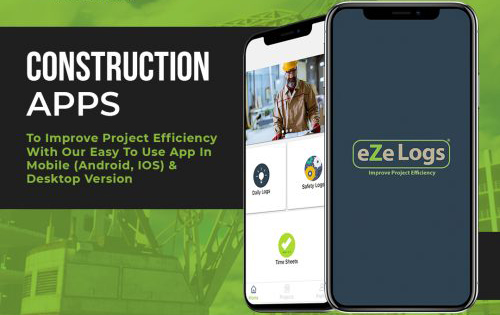Compliance in construction is essential for maintaining safety standards, adhering to legal regulations, and ensuring project success. Construction projects involve multiple stakeholders, including contractors, subcontractors, engineers, and government agencies.

Each of these parties is responsible for meeting specific regulatory requirements, from safety protocols to environmental regulations. Failure to comply with these regulations can lead to legal penalties, project delays, and even endanger the safety of workers and the public.
The Role of Technology in Compliance Tracking
The complexity of construction projects often makes compliance tracking challenging. However, technology has emerged as a crucial tool in simplifying this process. Software solutions designed for construction management now offer features that automate compliance tracking. These systems can monitor compliance with safety standards, environmental regulations, and contractual obligations in real-time. They provide a centralized platform where all project-related documents, permits, and certifications can be stored and accessed by authorized personnel.
Key Components of an Effective Compliance Tracking System
A robust compliance tracking system in construction must integrate several key components:
Document Management
Document management is at the core of compliance tracking. Construction projects generate a vast amount of paperwork, including permits, licenses, safety certifications, and inspection reports. An effective system should allow for the secure storage, retrieval, and management of these documents. It should also include version control to ensure that the most current documents are always in use.
Workflow Automation
Automation of compliance workflows can significantly reduce the risk of human error. Automated systems can generate reminders for upcoming inspections, flag missing documentation, and alert project managers to potential compliance issues. This proactive approach helps in addressing compliance challenges before they escalate into more significant problems.
Real-Time Reporting
Real-time reporting is another critical feature of an effective compliance tracking system. This feature allows project managers and stakeholders to monitor compliance status across all aspects of the project instantly. It also facilitates the generation of reports that can be used during audits or for internal reviews.
Compliance Tracking: A Continuous Process
Compliance tracking is not a one-time task but a continuous process that spans the entire duration of the construction project. From the initial planning stages to the final inspection, every phase of the project must adhere to relevant regulations. This requires ongoing monitoring and regular updates to the compliance tracking system to reflect any changes in regulations or project scope.
Ensuring Accountability Through Compliance Tracking
Accountability is a crucial aspect of compliance tracking. Every team member involved in the construction project should be aware of their responsibilities regarding compliance. The compliance tracking system should assign tasks and responsibilities to specific individuals or teams, ensuring that there is a clear line of accountability. This not only helps in maintaining compliance but also in identifying areas where improvements are needed.
Overcoming Challenges in Compliance Tracking
Despite the advancements in technology, compliance tracking in construction still faces several challenges:
Complexity of Regulations
Construction projects often span multiple jurisdictions, each with its own set of regulations. This complexity can make it difficult to ensure compliance across all areas. A well-designed compliance tracking system should be adaptable to the specific regulations of each jurisdiction and update itself as regulations change.
Resistance to Change
Another challenge is the resistance to change among project teams. Implementing a new compliance tracking system may be met with reluctance, especially if it involves learning new software or changing established workflows. Overcoming this resistance requires proper training and clear communication about the benefits of the new system.
Data Integration
Integrating data from various sources into a single compliance tracking system can also be challenging. Construction projects often involve different software systems for different tasks, and ensuring that these systems communicate effectively is essential for accurate compliance tracking.
Best Practices for Implementing a Compliance Tracking System
To maximize the effectiveness of compliance tracking in construction projects, consider the following best practices:
Early Integration
Compliance tracking should be integrated into the project from the earliest stages. This ensures that compliance requirements are considered during planning and that the project is set up for success from the outset.
Regular Audits
Regular audits of the compliance tracking system are essential to ensure that it is functioning correctly. These audits should check for any gaps in the system, such as missing documentation or outdated information, and address them promptly.
Continuous Training
Continuous training for all team members involved in the project is crucial for maintaining compliance. This training should cover the use of the compliance tracking system, as well as updates to regulations and best practices in the industry.
By focusing on these key aspects, construction companies can effectively manage compliance tracking, ensuring that their projects meet all necessary regulations and are completed successfully.


